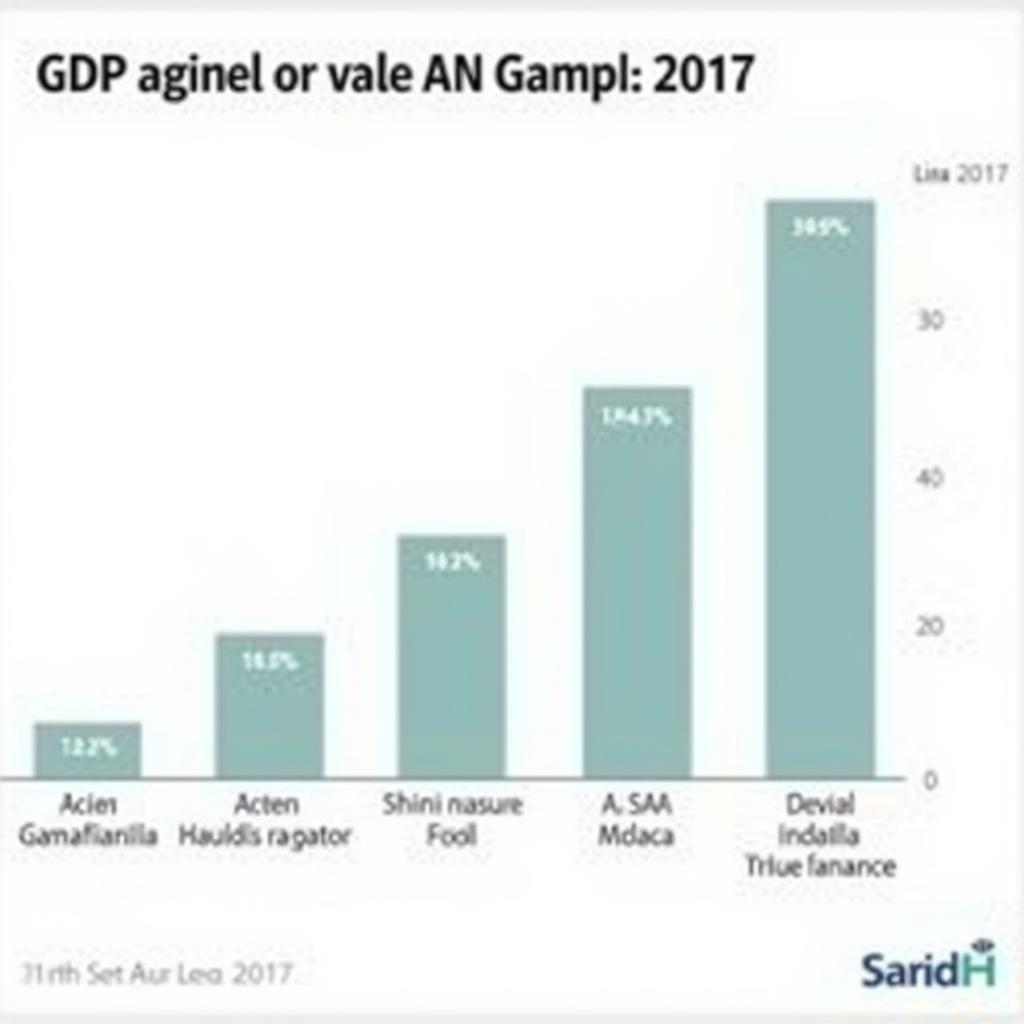Asean Capital Markets Infrastructure is rapidly evolving, playing a crucial role in the region’s economic development. This dynamic landscape presents opportunities and challenges for investors and businesses alike. We’ll explore the key components of this infrastructure, its impact on regional integration, and the future prospects for growth and development.
Understanding ASEAN Capital Markets Infrastructure
What constitutes ASEAN capital markets infrastructure? It encompasses a complex network of institutions, regulations, and technologies that facilitate the flow of capital within the region. This includes stock exchanges, bond markets, regulatory bodies, clearing and settlement systems, and the overall legal and regulatory framework governing financial transactions. These elements work together to create a stable and efficient environment for investment and capital formation.
The Role of Stock Exchanges
Stock exchanges are vital components of the ASEAN capital markets infrastructure. They provide a platform for companies to raise capital through the issuance of securities and for investors to trade those securities. The development of robust and transparent stock exchanges is critical for attracting both domestic and foreign investment.
Importance of Regulatory Frameworks
A sound regulatory framework is essential for ensuring the stability and integrity of ASEAN capital markets. Regulations must be clear, consistent, and effectively enforced to protect investors and promote confidence in the market. This also includes measures to combat money laundering and other financial crimes.
ASEAN Capital Markets Integration: Progress and Challenges
Integrating ASEAN capital markets is a key objective for the region. Harmonizing regulations, improving cross-border trading mechanisms, and promoting greater transparency can enhance efficiency and attract more investment. However, challenges remain, including differing levels of development among member states and the need for greater regulatory convergence.
Benefits of Integration
Integration offers numerous benefits, including increased liquidity, reduced transaction costs, and greater access to a wider range of investment opportunities. It also facilitates the development of regional capital markets, allowing them to compete more effectively on the global stage.
Addressing the Challenges
Overcoming the challenges of integration requires a concerted effort by ASEAN member states. This includes strengthening regional cooperation, promoting best practices, and developing common standards for regulation and supervision. Addressing these issues is crucial for unlocking the full potential of ASEAN capital markets.
The Future of ASEAN Capital Markets Infrastructure
What does the future hold for ASEAN capital markets infrastructure? The region’s rapid economic growth, increasing urbanization, and expanding middle class are driving demand for sophisticated financial services. This creates opportunities for further development and innovation in areas such as fintech, sustainable finance, and infrastructure financing.
Embracing Fintech
Fintech is transforming the financial landscape globally, and ASEAN is no exception. The adoption of new technologies can improve efficiency, reduce costs, and enhance access to financial services for businesses and individuals. This presents both opportunities and challenges for regulators and market participants.
Promoting Sustainable Finance
Sustainable finance is gaining momentum globally, and ASEAN is increasingly recognizing its importance. Integrating environmental, social, and governance (ESG) factors into investment decisions can contribute to sustainable development and attract responsible investors.
asean and thailand automotive industry directory
Conclusion
ASEAN capital markets infrastructure is a vital driver of economic growth and regional integration. Continued development and reform are essential for unlocking the full potential of these markets and ensuring their long-term sustainability. By addressing the challenges and embracing new opportunities, ASEAN can build a robust and dynamic capital market ecosystem that supports the region’s continued prosperity.
FAQ
- What are the key components of ASEAN capital markets infrastructure?
- How can ASEAN capital markets be further integrated?
- What role does fintech play in developing ASEAN capital markets?
- What are the benefits of investing in ASEAN capital markets?
- What are the challenges facing ASEAN capital markets?
- How can sustainable finance contribute to ASEAN capital market development?
- What is the outlook for ASEAN capital markets in the coming years?
For further assistance, please contact us at Phone Number: 0369020373, Email: aseanmediadirectory@gmail.com or visit our address: Thon Ngoc Lien, Hiep Hoa, Bac Giang, Vietnam. We have a 24/7 customer service team.


